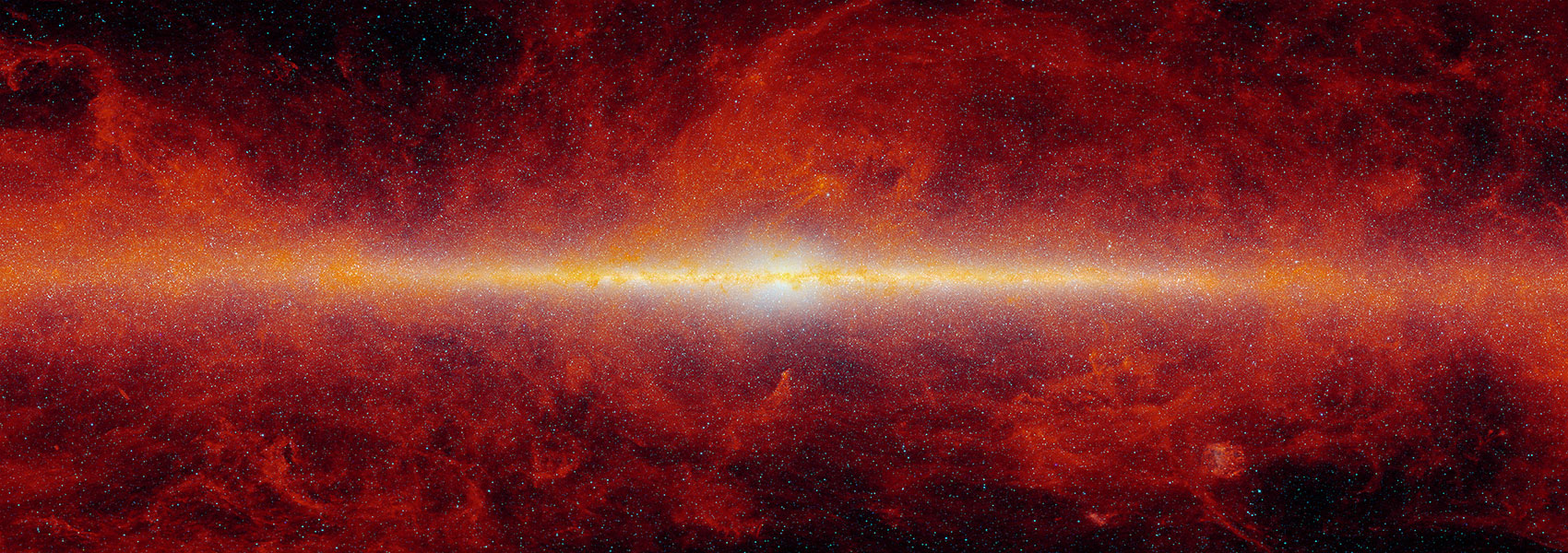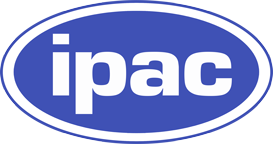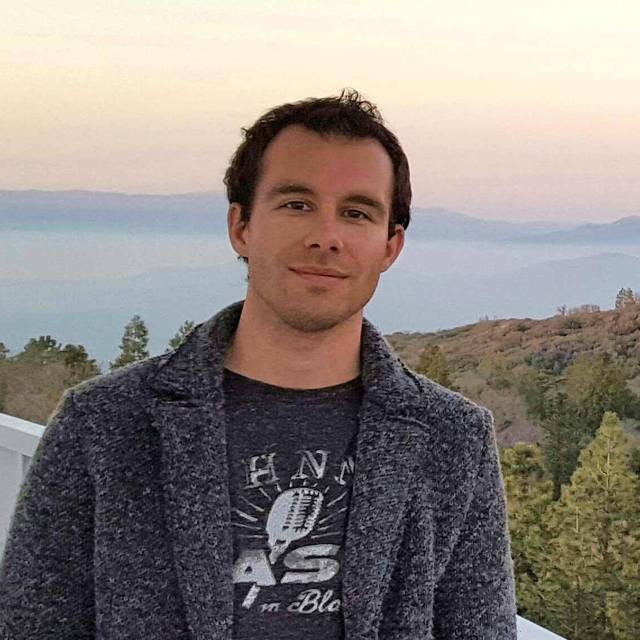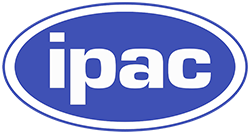
The COSMOS-Web deep galaxy group catalog up to z = 3.7
May 2025 • 2025A&A...697A.197T
Abstract • Context. Galaxy groups with total masses below ∼1014 M⊙ and up to a few tens of members are the most common galaxy environment, marking the transition between the field and the most massive galaxy clusters. In this framework, identifying and studying groups plays a crucial role in understanding structure formation and galaxy evolution. Despite the challenges in detecting such relatively small structures, modern deep surveys allow us to build well-characterized samples of galaxy groups up to the regime where the structures we observe today were taking shape. Aims. We aim to build the largest deep catalog of galaxy groups to date over the COSMOS-Web field effective area of 0.45 deg2. Methods. We leveraged the deep imaging, high resolution, and high-quality photometry from the James Webb Space Telescope observations of the COSMOS-Web field. We used the recent COSMOS-Web photometric catalog with sky position, photometric redshift, and magnitude in a reference band for each selected galaxy. We performed the group search with the Adaptive Matched Identifier of Clustered Objects (AMICO) algorithm, a linear matched filter based on an analytical model for the cluster/group signal. This algorithm has already been tested in wide and deep field surveys, including a successful application to COSMOS data up to z = 2. In this work, we tested the algorithm's performances at even higher redshift and searched for protocluster cores and groups at z > 2. To benchmark this relatively unexplored regime, we compiled a list of known protoclusters in COSMOS at 2 ≤ z ≤ 3.7 and matched them with our detections. We studied the spatial connection between detected cores through a clustering analysis. We estimated the purity and the completeness of our group sample by creating data-driven mocks via a Monte Carlo approach with the SinFoniA code and linked signal-to-noise to purity levels to define desired purity thresholds. Results. We detected 1678 groups in the COSMOS-Web field up to z = 3.7 with a purity level of ∼77%, providing a deep catalog of galaxy members that extends nearly two magnitudes deeper than the previous application of AMICO to COSMOS. Around 670 groups have been detected with a purity of 90%. Our catalog includes more than 850 groups whose photometric redshift was confirmed by assigning robust spectroscopic counterparts. Conclusions. This catalog of galaxy groups is the largest ultra-deep group sample built on JWST observations so far and offers a unique opportunity to explore several aspects of galaxy evolution in different environments spanning ∼12 Gyr and study groups themselves, from the least rich population of groups to the formation of the most massive clusters.
Links
- NED https://ned.ipac.caltech.edu/uri/NED::InRefcode/2025A%26A...697A.197T
- PREPRINT http://arxiv.org/abs/2501.09060
- POSTSCRIPT https://www.aanda.org/10.1051/0004-6361/202553759/postscript
- ELECTR https://doi.org/10.1051%2F0004-6361%2F202553759
- SIMBAD https://simbad.u-strasbg.fr/simbad/sim-ref?querymethod=bib&simbo=on&submit=submit+bibcode&bibcode=2025A%26A...697A.197T
- PDF https://www.aanda.org/10.1051/0004-6361/202553759/pdf
- DATA https://archive.stsci.edu/mastbibref.php?bibcode=2025A%26A...697A.197T
- DATA https://cdsarc.cds.unistra.fr/viz-bin/cat/J/A+A/697/A197



